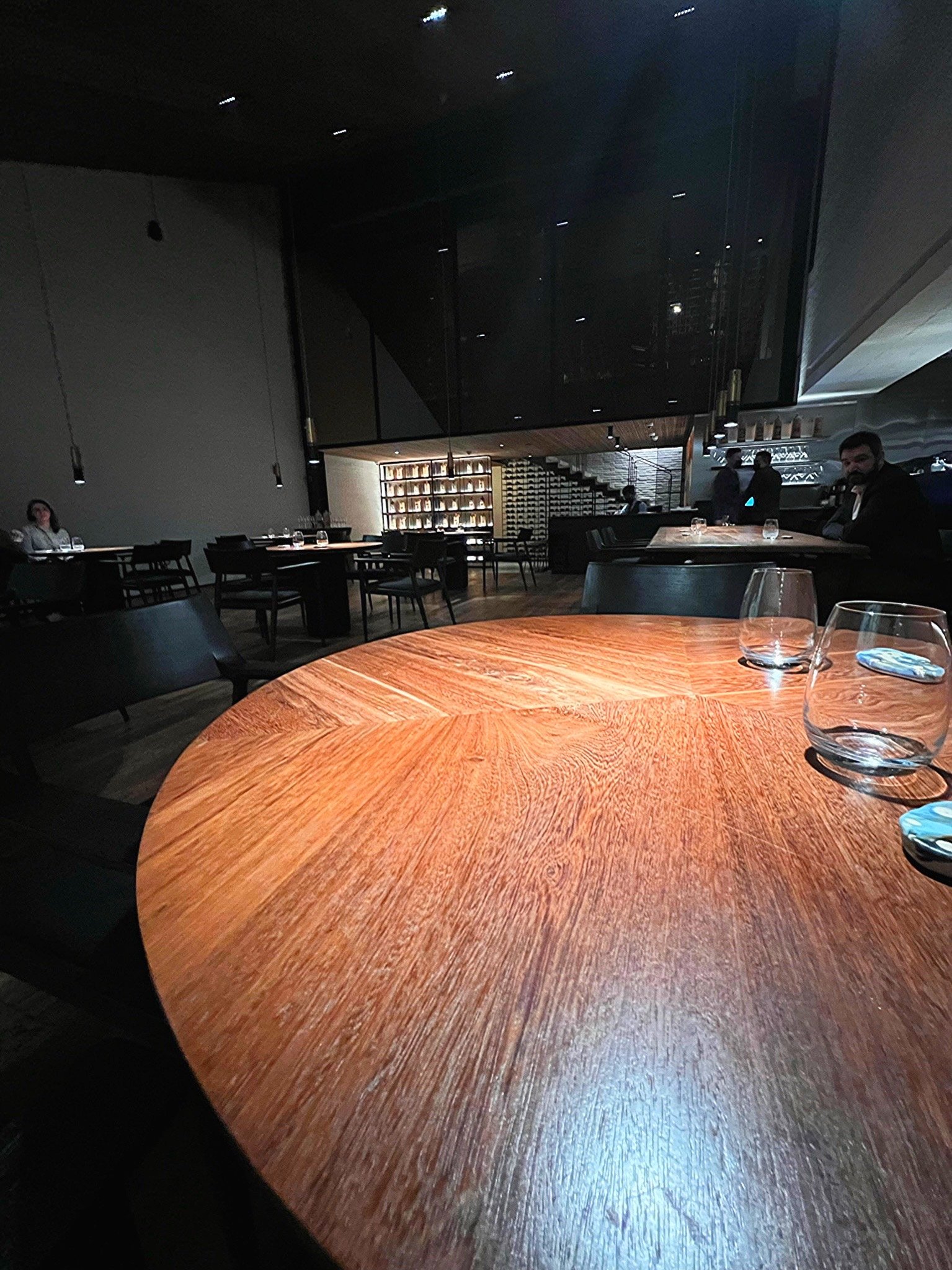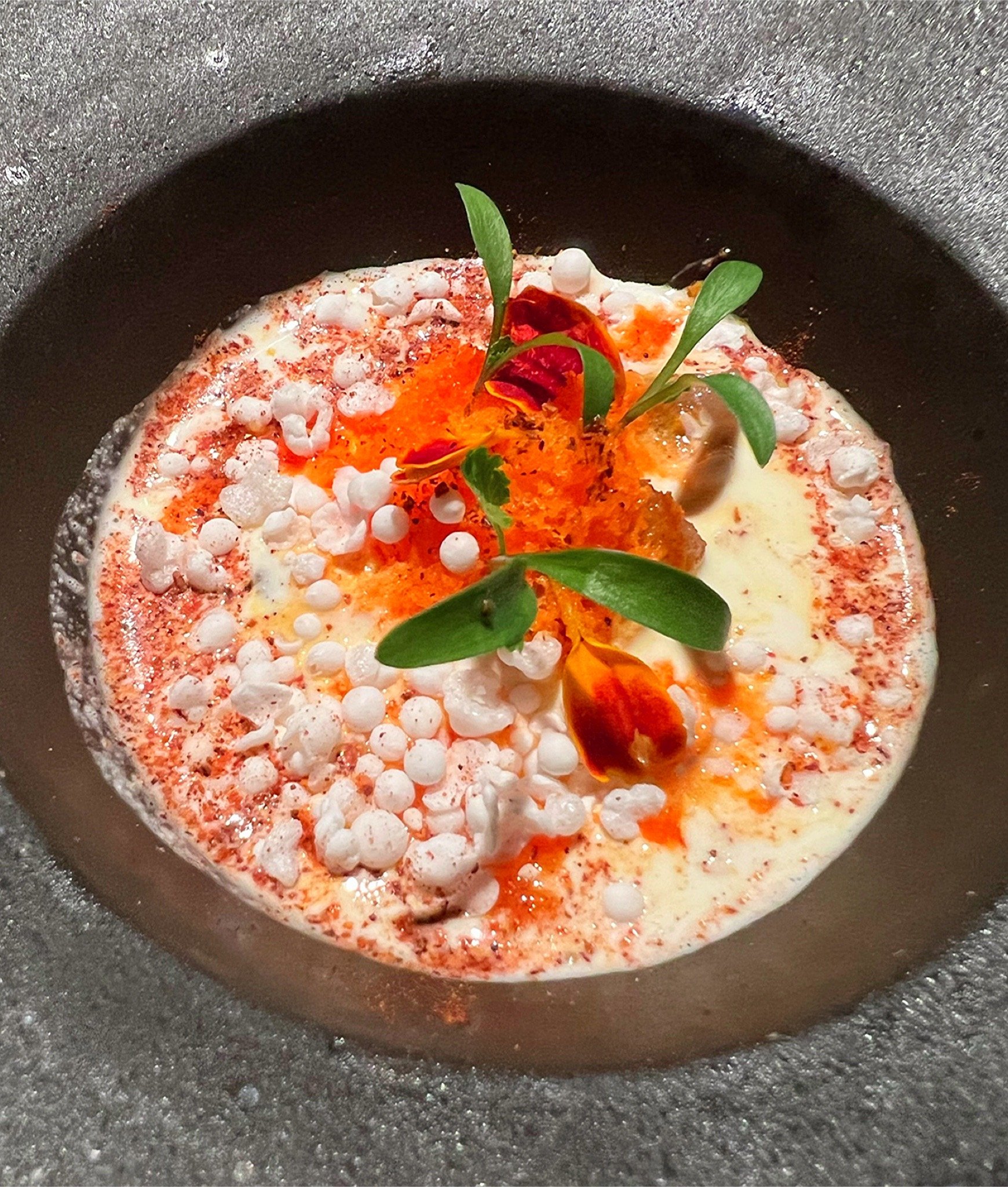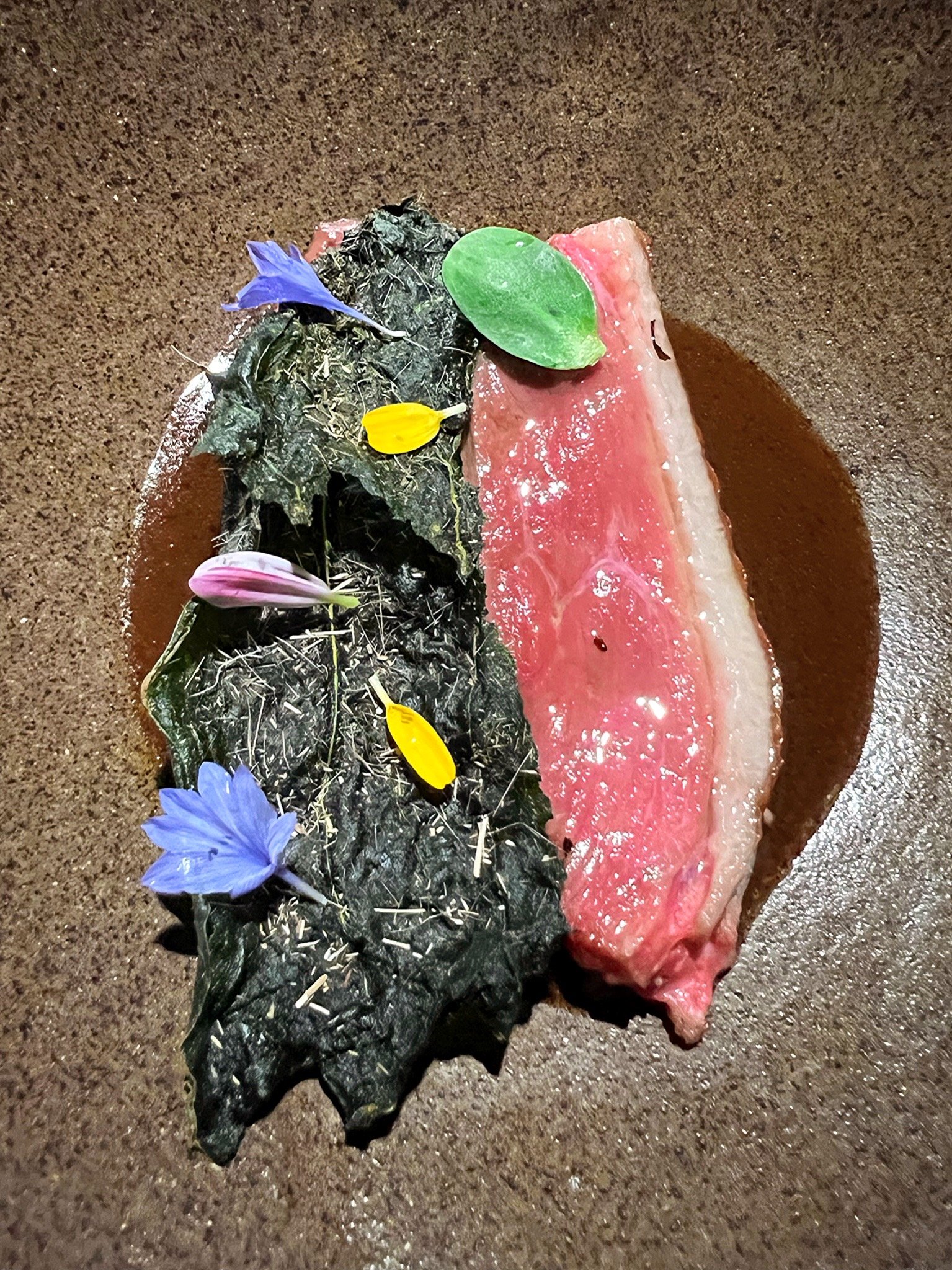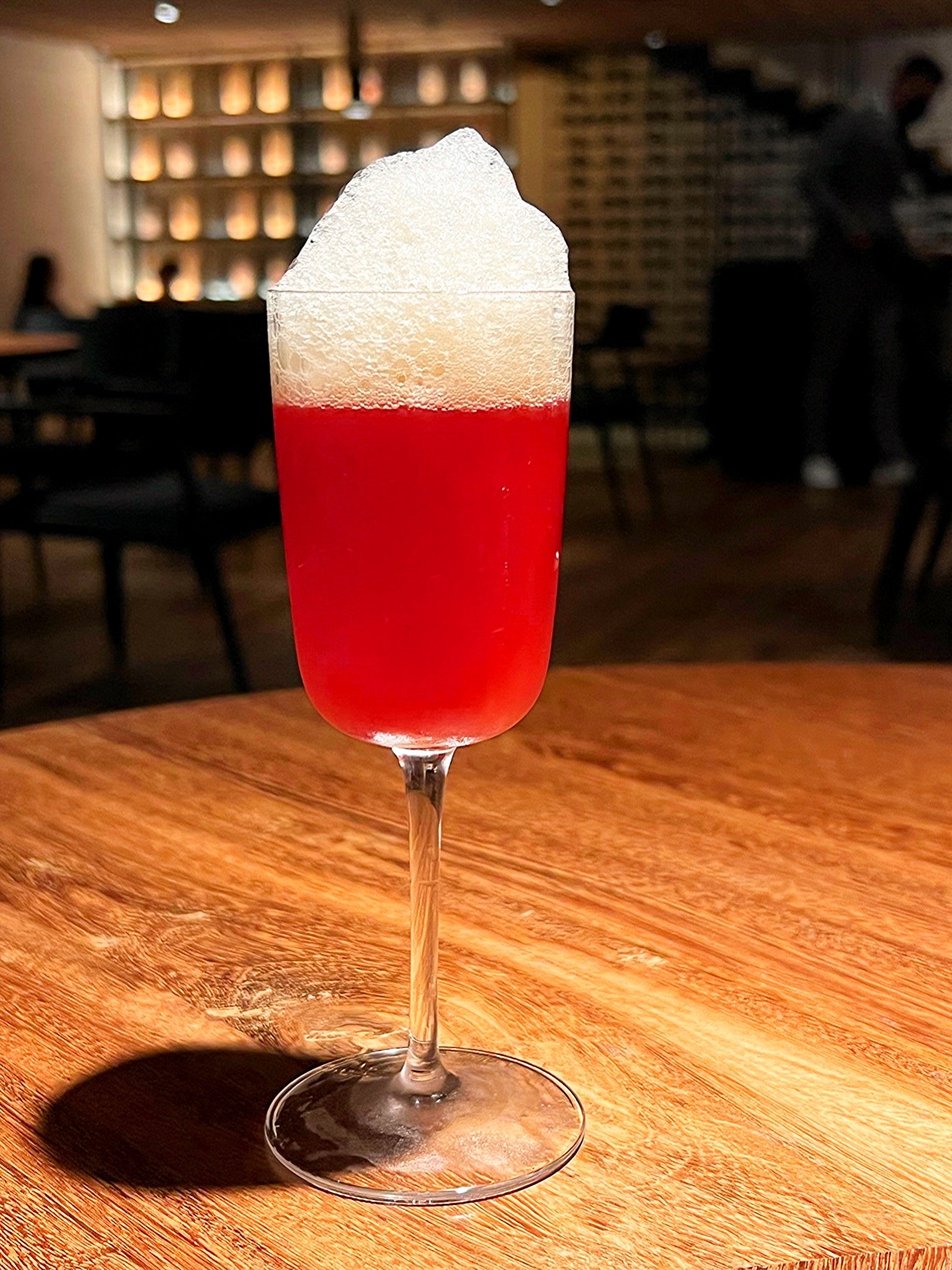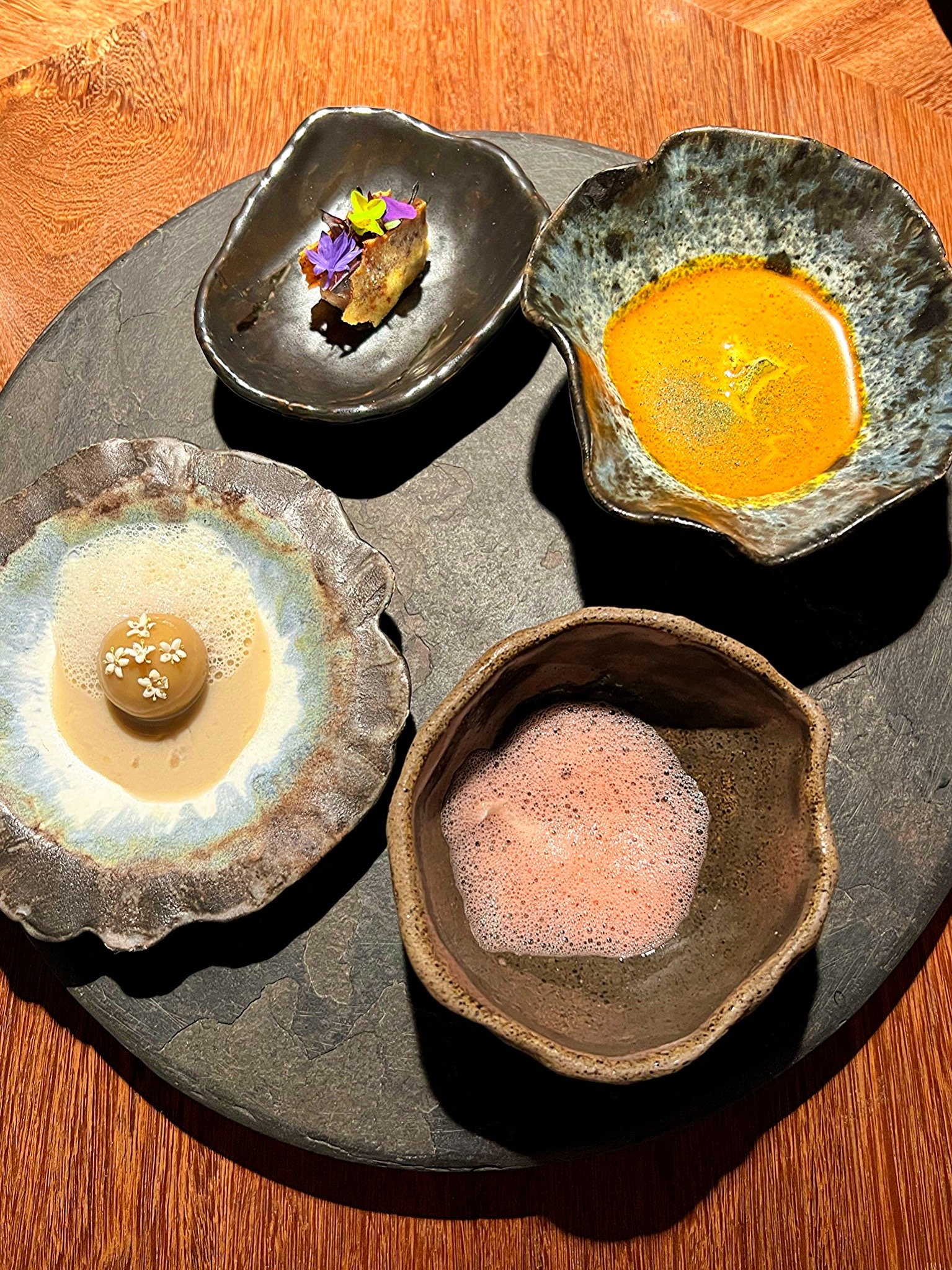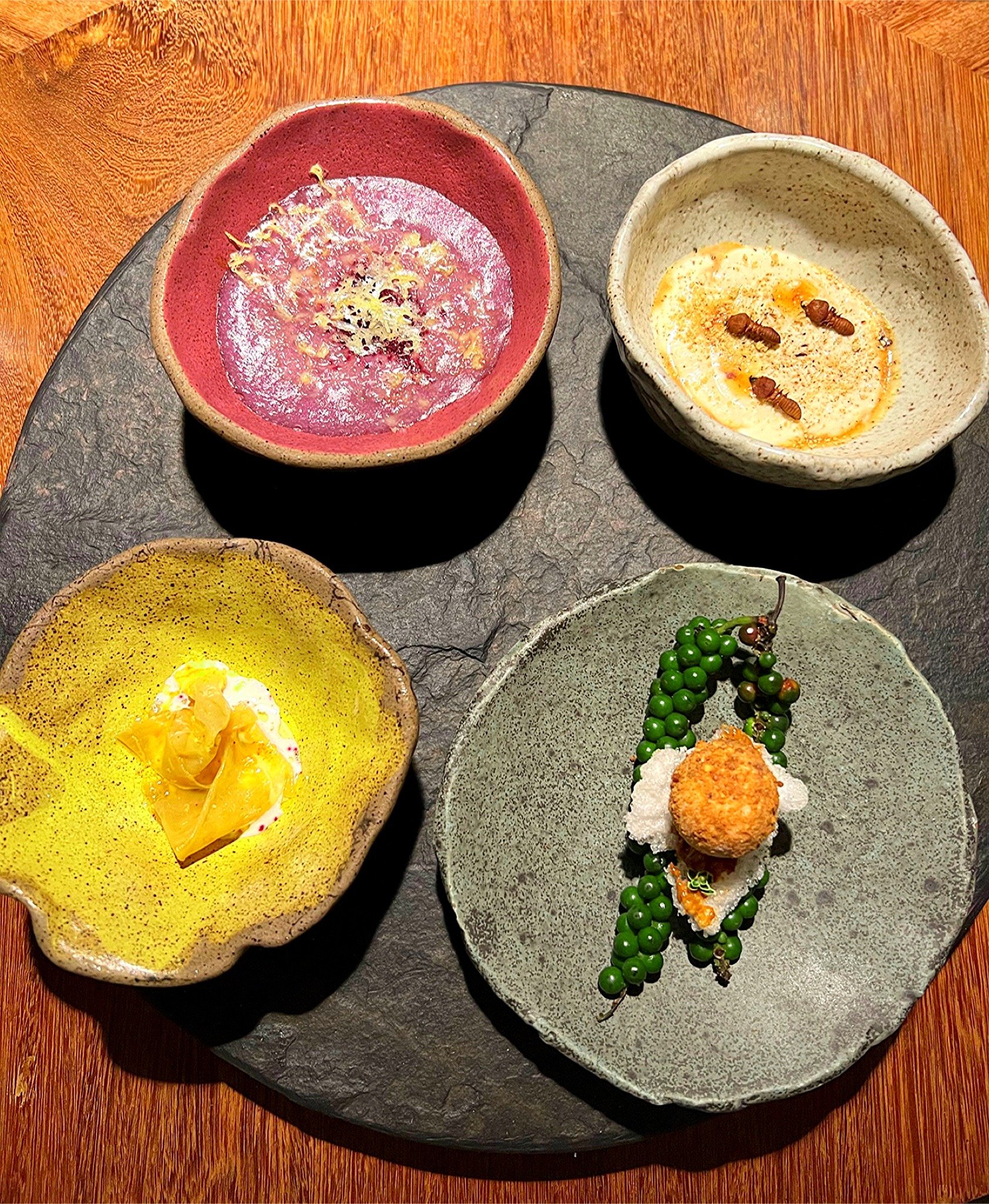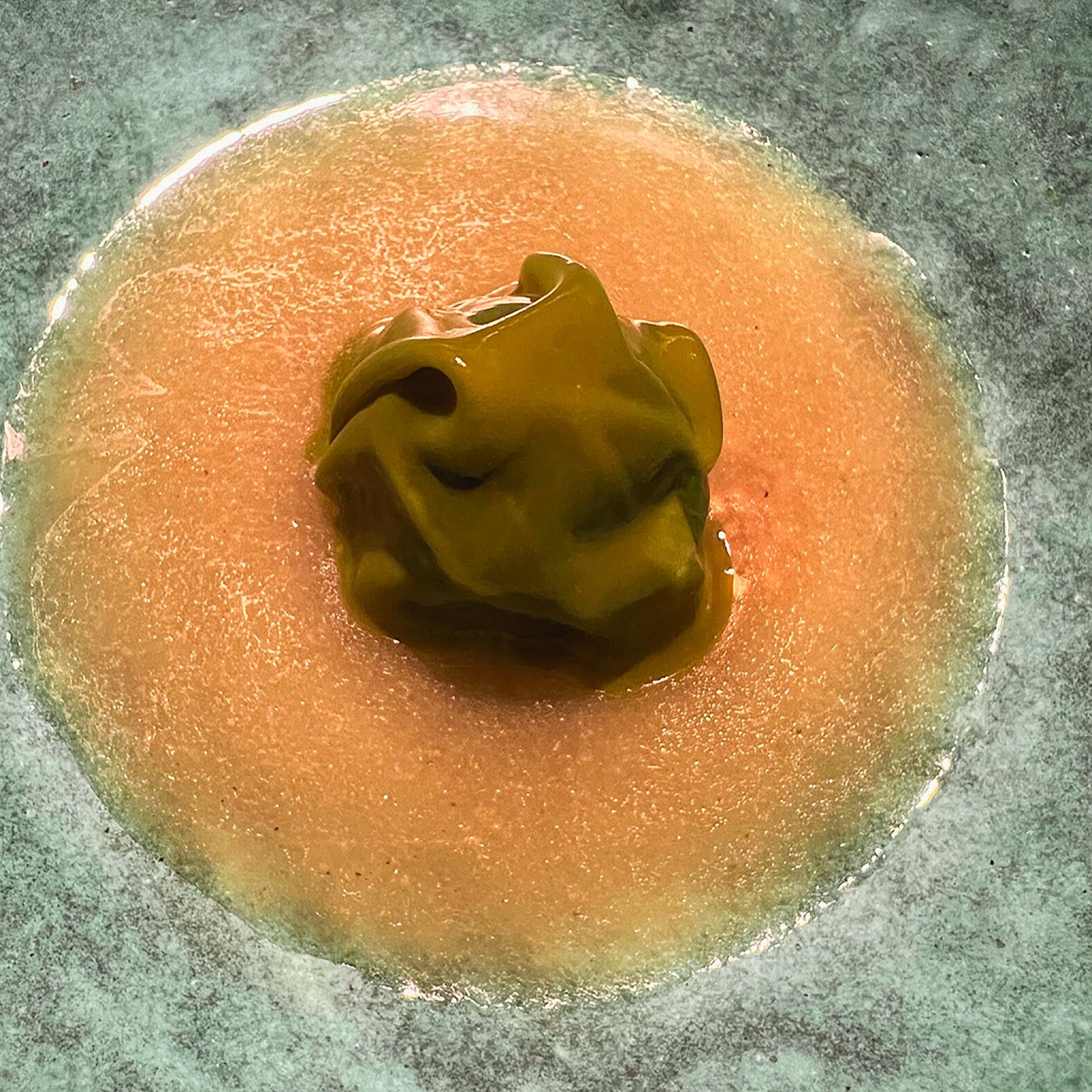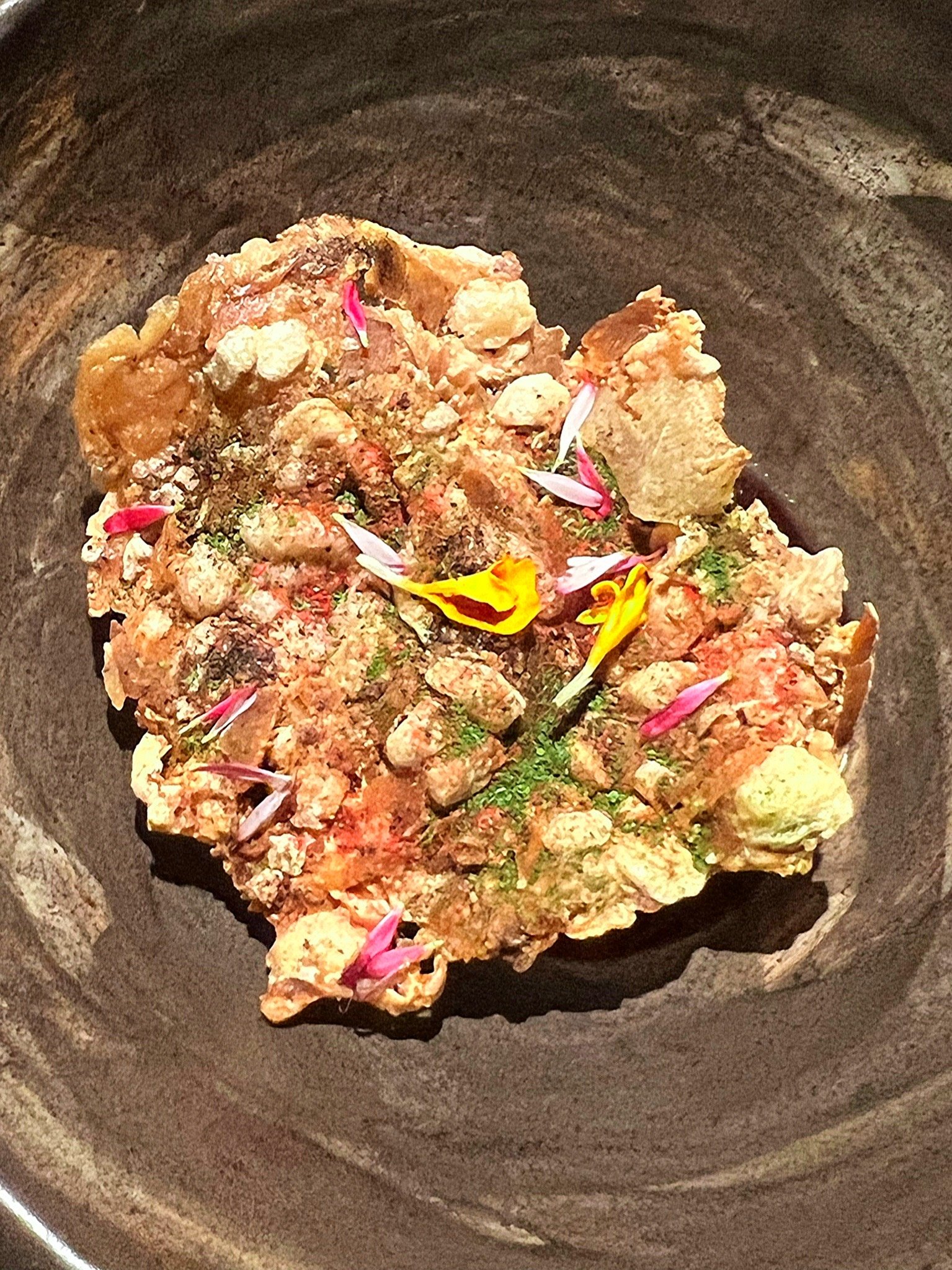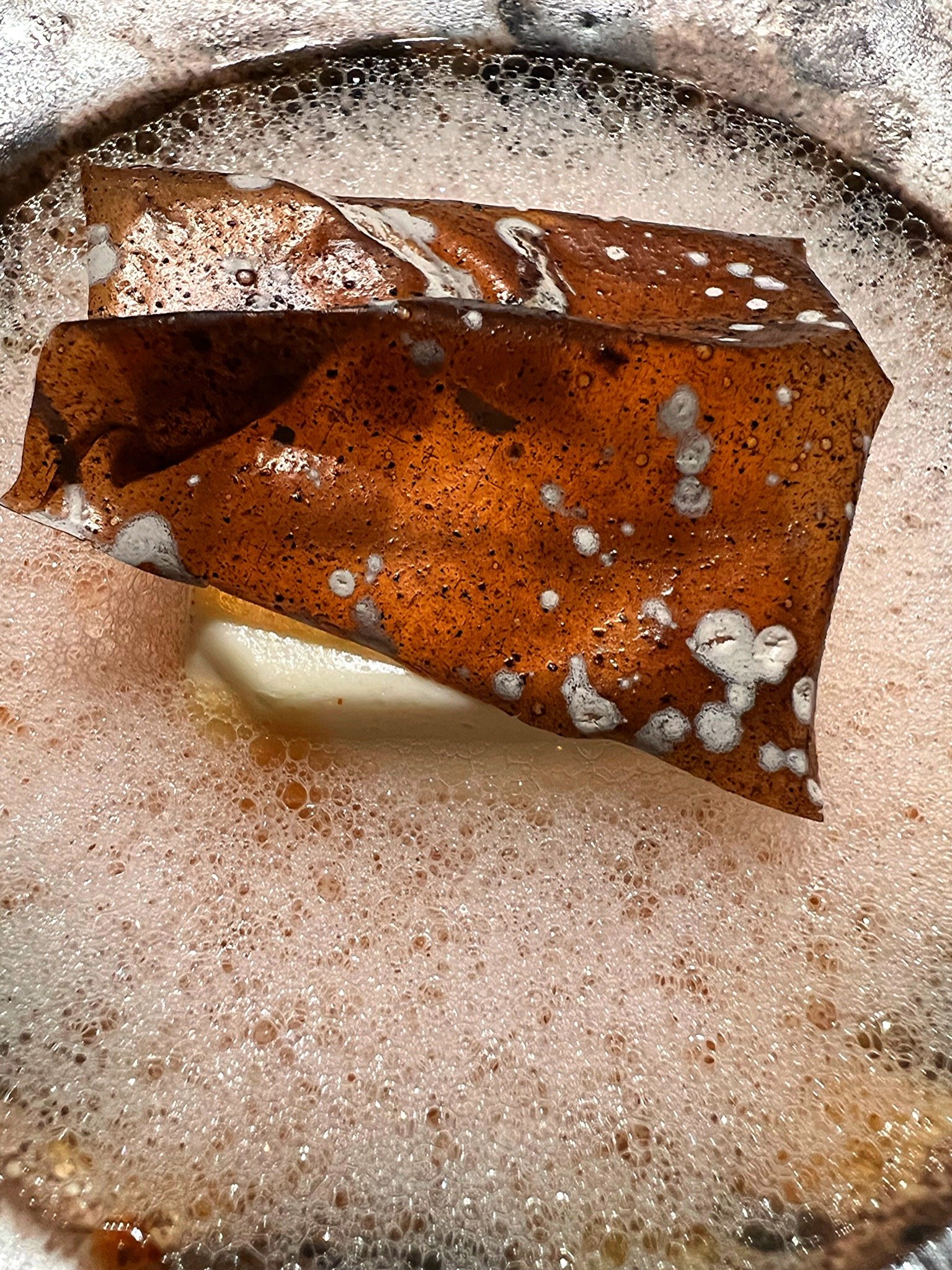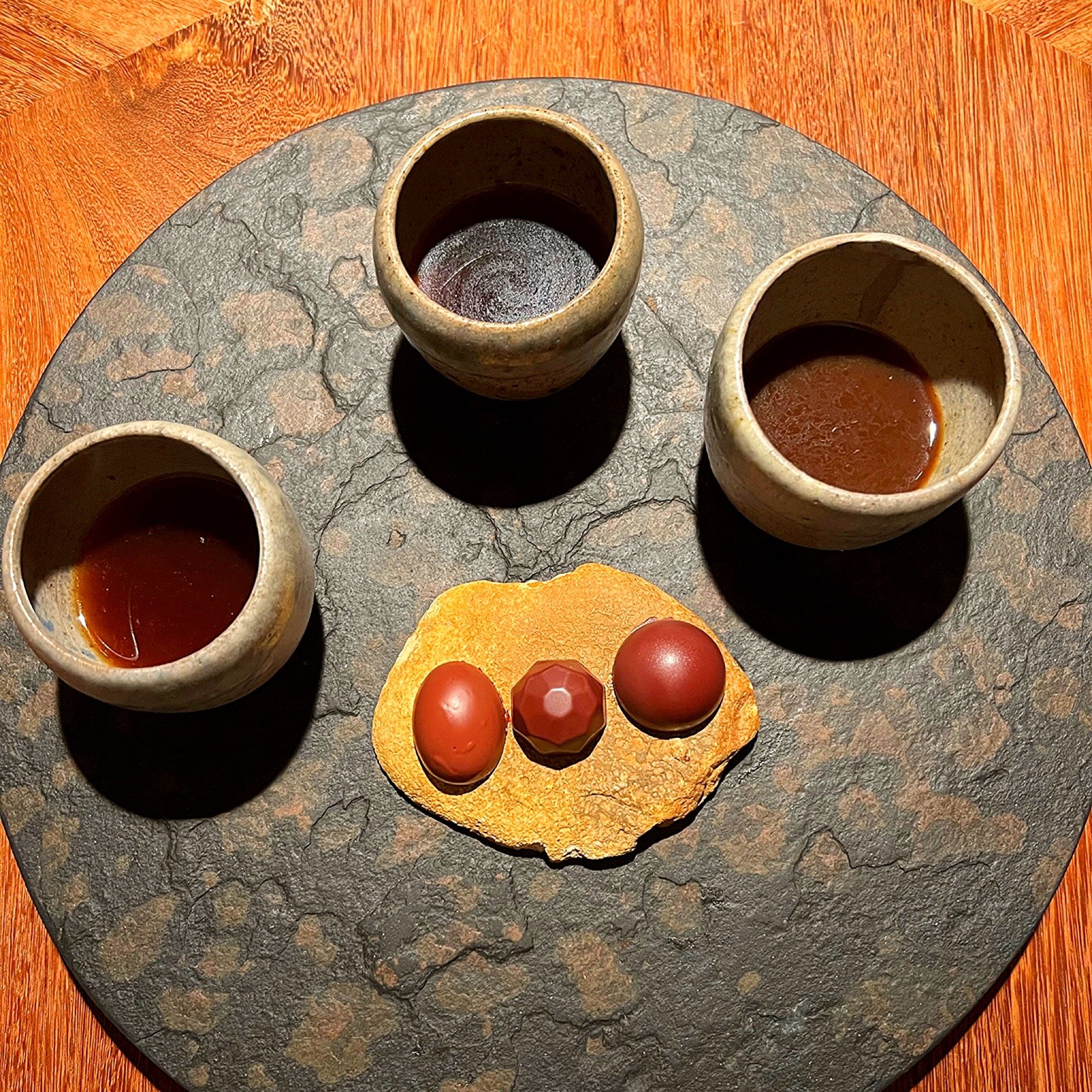LEO: A SPECIAL DINING EXPERIENCE THAT TAKES YOU DEEP INTO THE BIOCULTURAL DIVERSITY OF COLOMBIA
The Cost -$78 per person
The Atmosphere – Located in the Chapinero district of Bogota, Leo is one of the more modern restaurants in the city in terms of design and ambiance. A single, small drop light emanating from the restaurant’s slanted wooden ceiling provides the light to each table and most tables have a view into Leo’s open kitchen. It is a beautiful setting for a romantic dinner or a special occasion and is better suited for parties of one to four people given the intimate vibe that the restaurant gives off. Reservations are required, generally weeks in advance.
Chef Leonor Espinosa, also known as Leo, made waves when she opened the appropriately named Leo, her first restaurant, in 2007. With a focus on showcasing Colombia’s biodiversity, as well as the foods of its indigenous and disenfranchised populations, Chef Espinosa provides locals and tourists alike with an experience like no other, credited, in part, to the time she spends with rural communities and anthropological researchers. One of the most well-known female chefs in the world, Espinosa has achieved numerous recognitions for Leo including spots on San Pelligrino’s Top 50 in Latin America List and Top 50 in the World List and being named one of National Geographic’s Top 105 Dining Experiences on the Planet.
The Order – Territory 7 and the 8 Course Tasting Menu.
The Fantastic – One of the appetizer courses was a chilled pirarucú soup that was absolutely delicious. The pieces of pirarucú, a large freshwater fish from the Amazon River, are placed in a cacay seed milk with tapioca bites and achiote, a Colombian condiment used by indigenous people across the country for a variety of purposes including rituals and food, which gives the dish its orange-red color. The soup was slightly spicy and the wonderful flavors hit all of the taste buds in just the right way while the tapioca balls added a nice crunch to the dish that was very much enjoyed.
The other dish to earn the Fantastic rating was the Pato de Patio, a smoked duck breast from the north of Colombia served in a creamy sauce made of seje, a fruit that grows on palm trees and is frequently used for its oil. The fruit has some sweetness to it but is also a bit tart. The dish also comes with some iraca, a palm plant used by the indigenous people to make hats, wallets and other artisanal goods. The duck was cooked perfectly and was delicious and the unique seje sauce was an excellent choice for this dish.
The Great – Let’s start with the Territorio 7, one of the cocktails made from Leo’s own distilled liquors. The beautiful red-colored cocktail with large amounts of foam had a very interesting set of flavors as the drink was made from alcohol made of the fruit of an endemic cactus plant topped with a foam made with pülantana, a guajira plant with notes of coffee. Loved the creativity and uniqueness of this cocktail that you truly will not find anywhere else.
In addition to the cocktail, a number of dishes earned a Great rating including the first two sets of bites that made up the first two courses of the tasting menu. The first set of four bites began with a mussel from the Cartagena area in a pink foam with a citrus gel, fresh coconut milk, and salt from Galerazamba, Colombia. It then moved on to a single small dumpling filled with centolla, known in English as Southern King Crab or Chilean King Crab, in a sauce that represents the ecosystem it comes from. Next was the albacore with crunchy mandioca bites, yuca and an hormiga culona, a type of ant found in the forest. Rounding out the set was an encocado, a soup prepared by the Afro-Colombian communities on the Pacific Coast that is made with dried shrimp, fresh coconut milk, fresh herbs, and a snail. The soup was one of my favorite bites and the snail gave the soup a wonderful, earthy taste.
The second set of bites also contained four very distinct foods starting with a delicious ice cream made from marañon, the fruit from the cashew tree, served with crunchy yuca bites and powdered eucalyptus. Next was a cream made from the conopio plant with a sweet potato that was dehydrated and rehydrated and that was followed by an excellent ñame morado (yam) soup with queso paipa, a Colombian cheese with its own denomination of origin. Last in this round of bites was a plant-based cheese made from macambo, an Amazonian seed that is also referred to as cacao blanco, with big-headed ants that live in the tree that the macambo comes from. The ants provided a crunch that was nice but some less adventurous eaters might be disturbed by the ability to feel small ant parts disburse in your mouth while chewing.
The Gallina Cocá, a dish made from a ball of corn with cuajada, a sheep’s milk cheese, wrapped in wild talloleaves that sits in a reduction made from guinea hen. The dish also has casabe, or cassava, which are small bites made from yuca flour. The ball of corn mixed with the cuajada was my favorite part of this dish but the guinea hen broth was also delicious.
Rounding out the savory part of Leo’s tasting menu was the Cerdo Sabanero. This Sabanero pork cheek dish is dish served with frijol diablito, also known as rice beans, in a Sabanero sauce with chicharron made from the pig’s collagen and feet. The Sabanero pig is a descendant of the famous cerdos ibéricos from Spain and is a mainly wild species. The pork cheek was very tasty and the dish had wonderful flavors, but I thought there was too much chicharron, which muted some of the other, better flavors.
The next course after the Cerdo Sabanero was the first dessert of the evening, a traditional Colombian dessert from the Valle de Cauca called Gelataina de Pata. In it, duck collagen is combined with vanilla, cinnamon and panela cheese with a duck collagen crisp on top, all over a Colombian root vegetable similar to yuca. There is a salty foam surrounding the dessert that represents the Manaure salt flats, located in Guajira, where the indigenous people known as the Wayuu claim their ancestral land. The dish also features an emulsion made from coquindo, a seed that many indigenous groups consider sacred. The combination of all of the flavors in this dish was excellent and it had a bit of a caramel taste to it. The collagen was quite tasty, especially when taken in a bite with the other parts of the dish which gave you sweet, salty, and earthy flavors.
The Good – The last course of Leo’s tasting menu was the second dessert course that featured three different Colombian coffees with three different Colombian chocolates. After the exotic adventure into the foods of the indigenous populations, this course could have seemed plain and boring but instead, Chef Espinosa provides you with three unique coffee and chocolate pairings. The coffees included a cold brew and two hot, strongly flavored coffees while the three small, truffle-sized chocolate bites were of citrusy chocolate, butter chocolate, and sweet cacao. It was an interesting dessert option and while I thought it was fun, it was my least favorite course of the evening.
The Verdict – Chef Leonor Espinosa is a true creative who does more than just prepare excellent food – she exposes patrons of Leo to a Colombia that very few natives even know. In order to experience the variety of Colombian cuisine the way that Espinosa showcases it in her eight course tasting menu, you would have to travel around the entire country and seek out specific foods made by specific peoples, something that would take months if you could accomplish it at all. That is what makes Leo truly special and what sets it apart from most other restaurants I have ever been to. If you go into Leo with an open mind and an appetite for learning, you will come out having tried new foods and acquired new knowledge.

